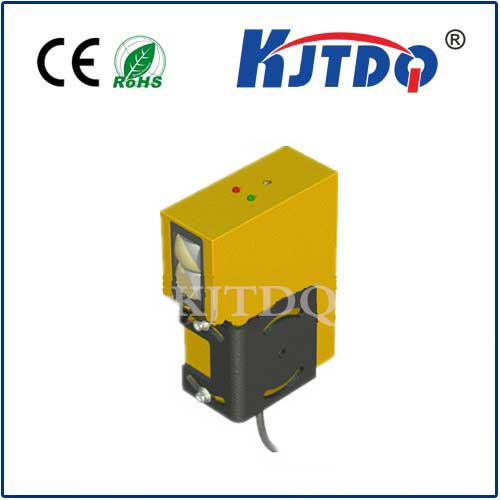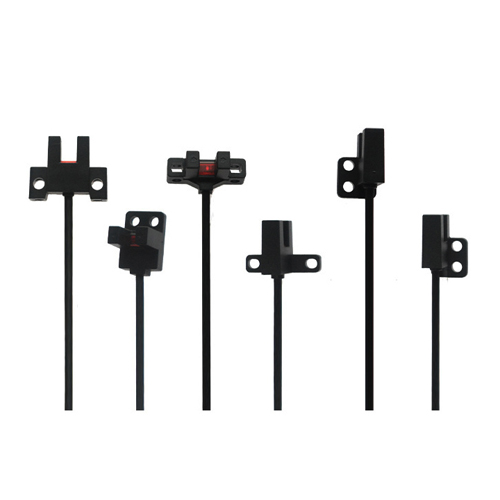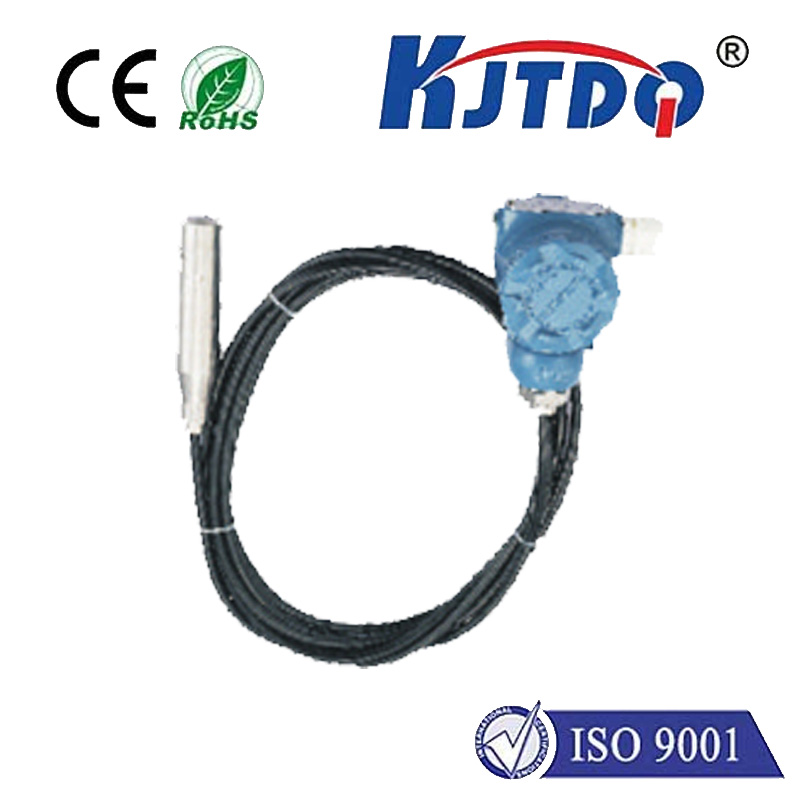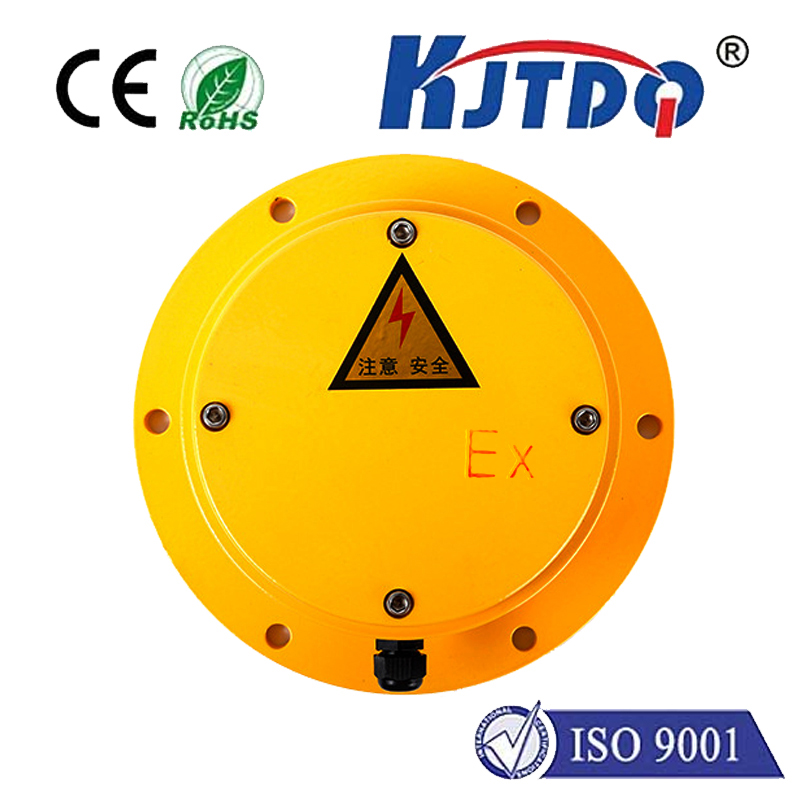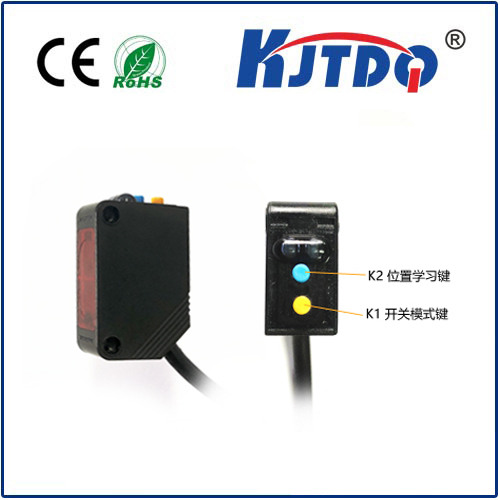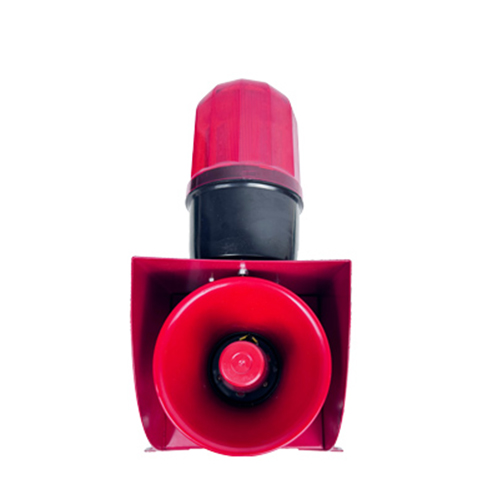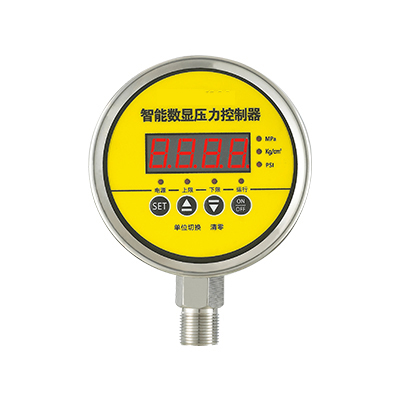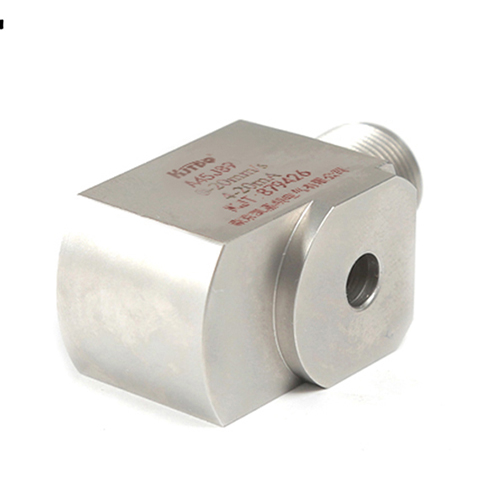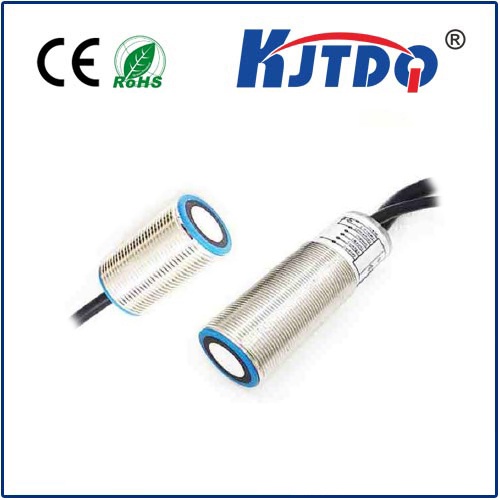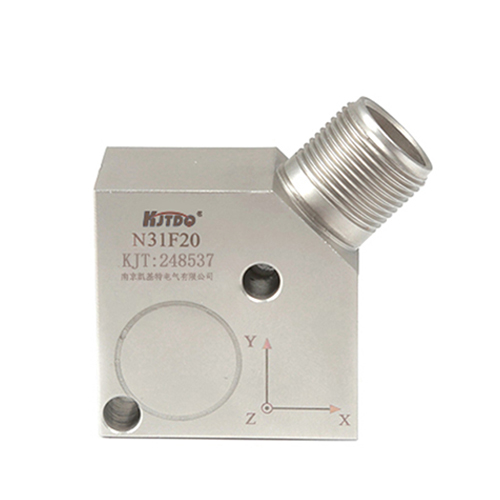sensor pr18 8dp
- time:2025-06-25 00:10:24
- Click:0
Demystifying Sensor PR18 8DP: The Powerhouse for Demanding Environments
Ever faced the frustration of a critical sensor failing just when you need it most? Picture this: a crucial production line halts in an automotive plant because a standard proximity sensor drowned in unexpected coolant splash. Or imagine compromised food safety because a detection unit couldn’t withstand rigorous washdown procedures. These scenarios highlight a critical need: industrial sensors built to endure the toughest conditions and deliver unwavering reliability. Enter the Sensor PR18 8DP – a name synonymous with rugged performance where failure isn’t an option.
Understanding the designation “PR18 8DP” provides significant insight into its core identity and capabilities. Typically, “PR” signifies “Proximity Sensor,” indicating its primary function of detecting the presence or absence of metallic objects without physical contact. The “18” most likely denotes its cylindrical housing diameter – 18mm – a standard size offering a robust form factor suitable for diverse mounting requirements. Crucially, the “8DP” is the standout feature, universally recognized within the IEC 60529 standard as denoting an IP68 environmental protection rating. This means the sensor offers:
- Complete Dust Ingress Protection (IP6X): Impervious to even the finest dust particles, making it ideal for foundries, woodworking, mining, and outdoor settings.
- Prolonged Immersion Protection (IPX8): Designed to withstand continuous submersion in water beyond 1 meter depth (specific depth and duration often defined by the manufacturer, e.g., up to 1.5m for 30 mins), essential for applications like food & beverage processing, marine equipment, wastewater treatment, or areas subject to high-pressure washdown.
Beyond Resilience: The Core Functionality of PR18 Proximity Sensors
While the IP68 rating is a defining characteristic, the PR18 8DP fundamentally performs as a ruggedized inductive proximity sensor. Its core operation relies on generating an electromagnetic field. When a metallic target enters this field, it induces eddy currents within the target, causing a measurable change in the sensor’s oscillation circuit. This change triggers the sensor’s solid-state output switch (typically PNP or NPN), providing a discrete signal indicating the target’s presence.

Key performance attributes defining the PR18 8DP include:
- Uncompromising Detection Range: Offering sensing distances typically ranging from 2mm to 8mm (depending on the specific model variant and target material – standardized “Sn” ratings apply), ensuring reliable detection of machinery components, positions, or end-stops.
- Robust Switching Output: Available in robust 3-wire configurations (DC) with PNP (sourcing) or NNP (sinking) outputs, capable of driving PLC inputs, relays, or other control circuits reliably under demanding electrical loads.
- Broad Operating Voltage: Designed for flexibility within industrial DC circuits, commonly supporting a wide voltage range like 10-30 VDC, ensuring compatibility across various power systems.
- Exceptional Environmental Tolerance: Engineered to perform flawlessly under significant temperature fluctuations, high vibration, and exposure to oils, coolants, and mild chemicals – traits intrinsically linked to its rugged IP68 housing.
- Versatile Mounting: The cylindrical M18 threaded body (often stainless steel) facilitates easy installation via locknuts, integrating seamlessly into machinery, automation lines, jigs, and fixtures. Flush or non-flush mounting options provide flexibility depending on the mounting constraints and target requirements.
Where Resilience Meets Necessity: Real-World Applications
The Sensor PR18 8DP isn’t just built tough; it’s built precisely for the tough jobs. Its unique blend of reliable proximity sensing and IP68 protection makes it a cornerstone component across diverse sectors:
- Automotive & Heavy Machinery: Monitoring hydraulic cylinder positions, detecting gear teeth or sprocket rotation, verifying component presence on assembly lines – constantly exposed to oils, coolants, and high vibration. *Failure here means costly downtime**.
- Food & Beverage Processing: Enduring relentless high-pressure, high-temperature washdowns with aggressive cleaning chemicals while detecting fill levels, container presence, or conveyor position – critical for hygiene and safety compliance.
- Water & Wastewater Management: Functioning reliably directly within treatment basins, pumping stations, or sludge processing equipment where splashing, condensation, and occasional submersion are inevitable.
- Material Handling & Packaging: Operating in dusty warehouse environments, detecting pallet presence, counting products on conveyors, and ensuring precise positioning – demanding resilience against impact and particulate matter.
- Marine & Offshore Applications: Resisting corrosion from salt spray and humidity while monitoring hatch positions, equipment status, or fluid levels on vessels and platforms – where environmental harshness is constant.
- General Factory Automation: Any production line area where exposure to coolants, metal chips, dust, or frequent washdowns rules out standard sensors. The PR18 8DP provides the necessary long-term durability.
Maximizing Performance with Your PR18 8DP Sensor
To fully leverage the potential and longevity of your PR18 8DP sensor, consider these essential installation and operational best practices:
- Target Material Matters: Inductive sensors perform optimally with ferrous metals (like iron and steel). Detection range decreases significantly with non-ferrous metals (aluminum, brass, copper) or stainless steel. Always consult the datasheet for correction factors (KF) relative to mild steel (Fe360).
- Correct Sensing Distance: Never operate the sensor continuously at its maximum nominal sensing distance (Sn). Maintain a practical installation gap at roughly 50-80% of Sn to ensure reliable operation while accounting for mechanical tolerances and potential drift over time.
- Mounting Precision: Ensure the sensor is securely mounted to minimize vibration effects. Understand whether your sensor variant requires flush mounting (protected against metal surroundings) or allows non-flush mounting (offering slightly longer range).
- Electrical Compatibility: Double-check the sensor’s operating voltage (e.g., 10-30 VDC) and output configuration (PNP/NPN, NO/NC) matches your control system’s input requirements (sinking vs. sourcing) to prevent damage and ensure proper signal transmission.
- Cable & Connection Integrity: For variants with flying leads, ensure connections are tight and waterproof. Use conduit or cable glands for fixed cable versions entering enclosures to maintain the IP68 rating at the entry point. Protect cables from abrasion and extreme bending.
The Edge in Industrial Reliability
In a landscape where equipment uptime, process consistency, and product quality are paramount, the Sensor PR18 8DP stands as a trusted solution. Its design philosophy transcends mere componentry; it embodies resilience engineered into functional form. By seamlessly integrating robust proximity detection with proven IP68 environmental fortification, it delivers performance where lesser sensors falter. Choosing the PR18 8DP isn’t just selecting a sensor; it’s investing in predictable operation, reduced maintenance costs, and enhanced system integrity – critical advantages in today’s competitive and demanding industrial environments. When facing moisture, dust, vibration, and chemical exposure, this sensor delivers the crucial combination of sensing precision and rugged longevity needed to keep operations running smoothly.












